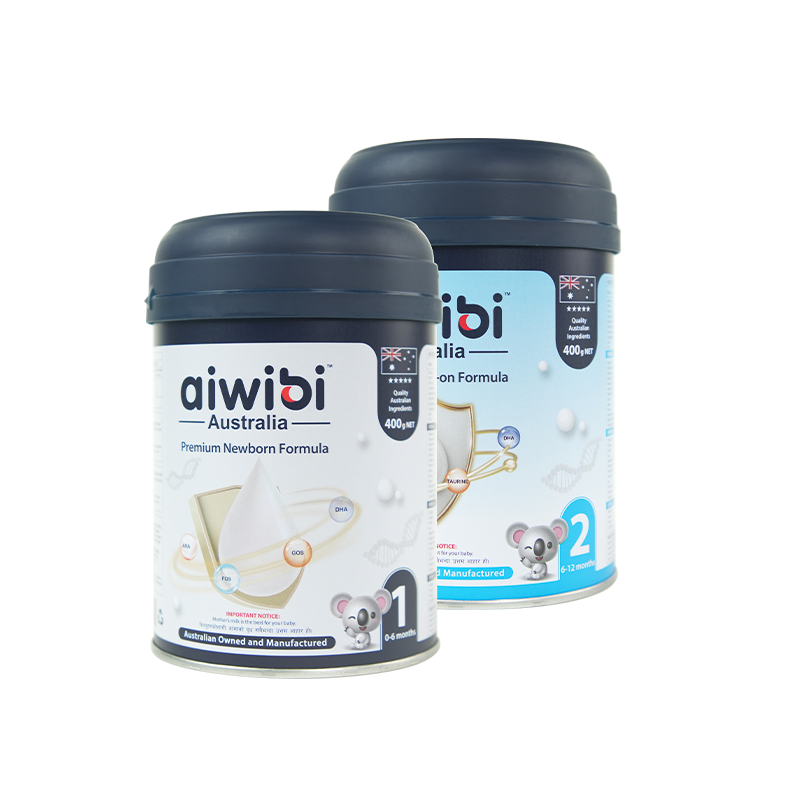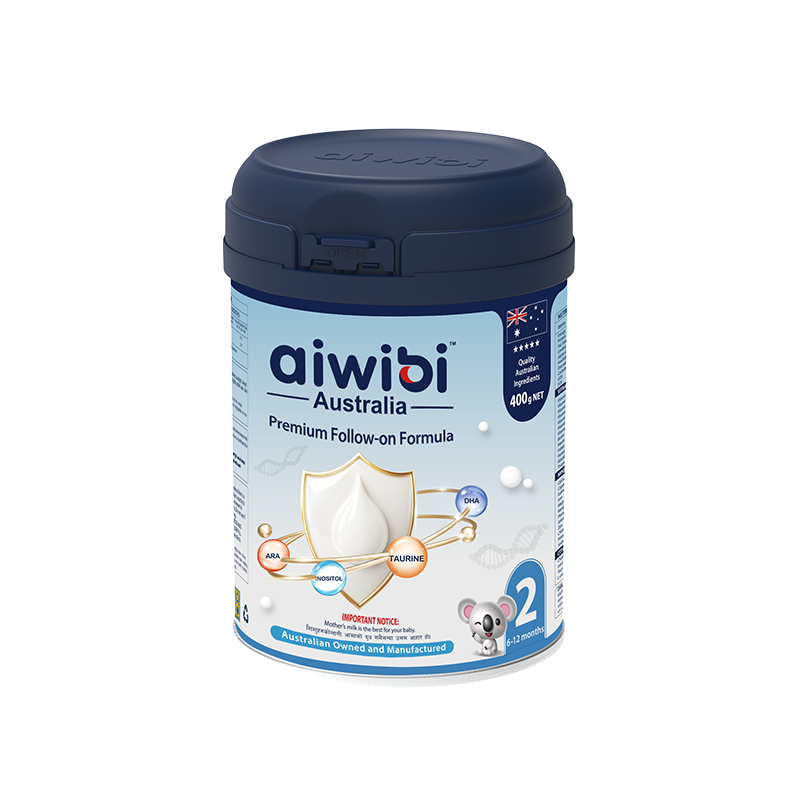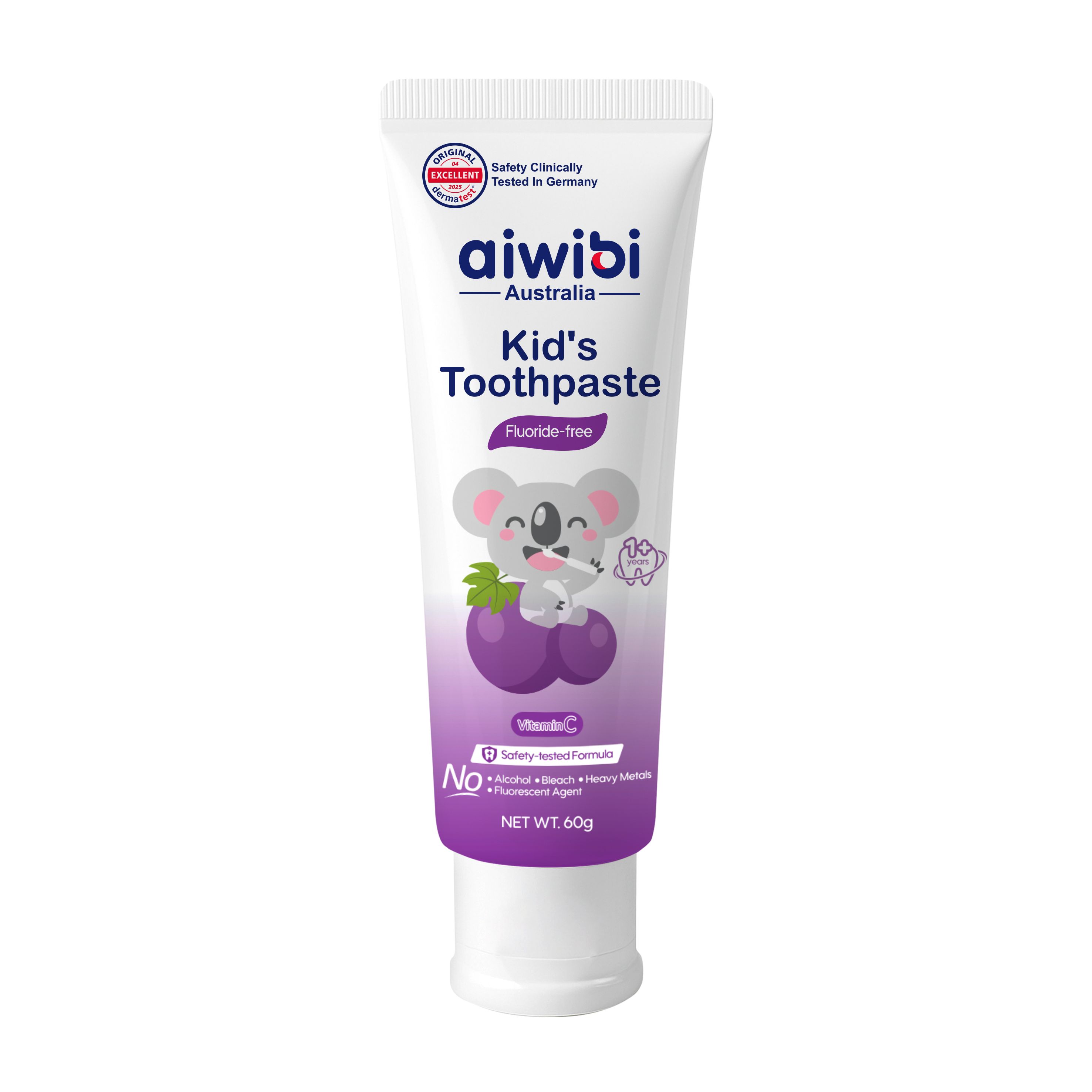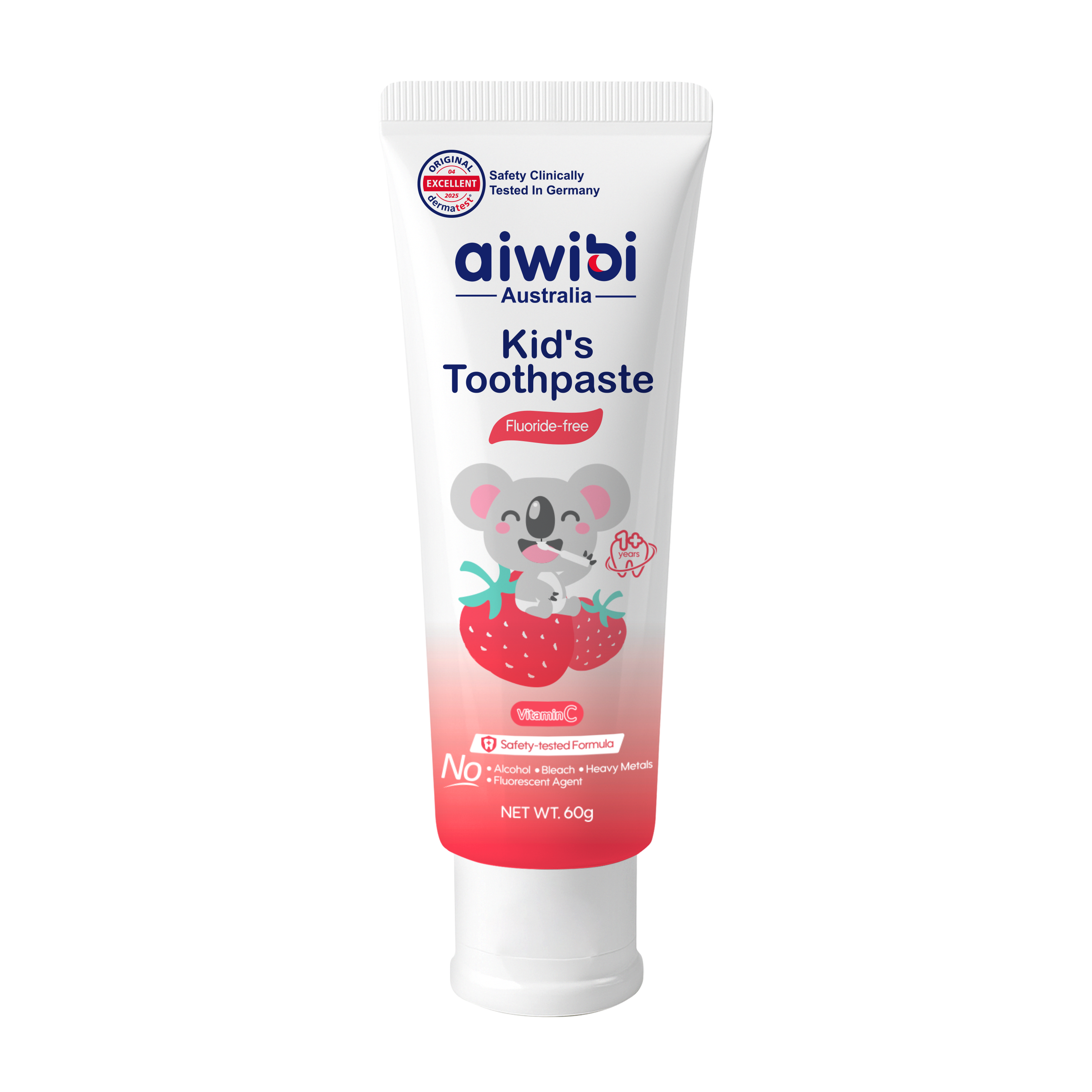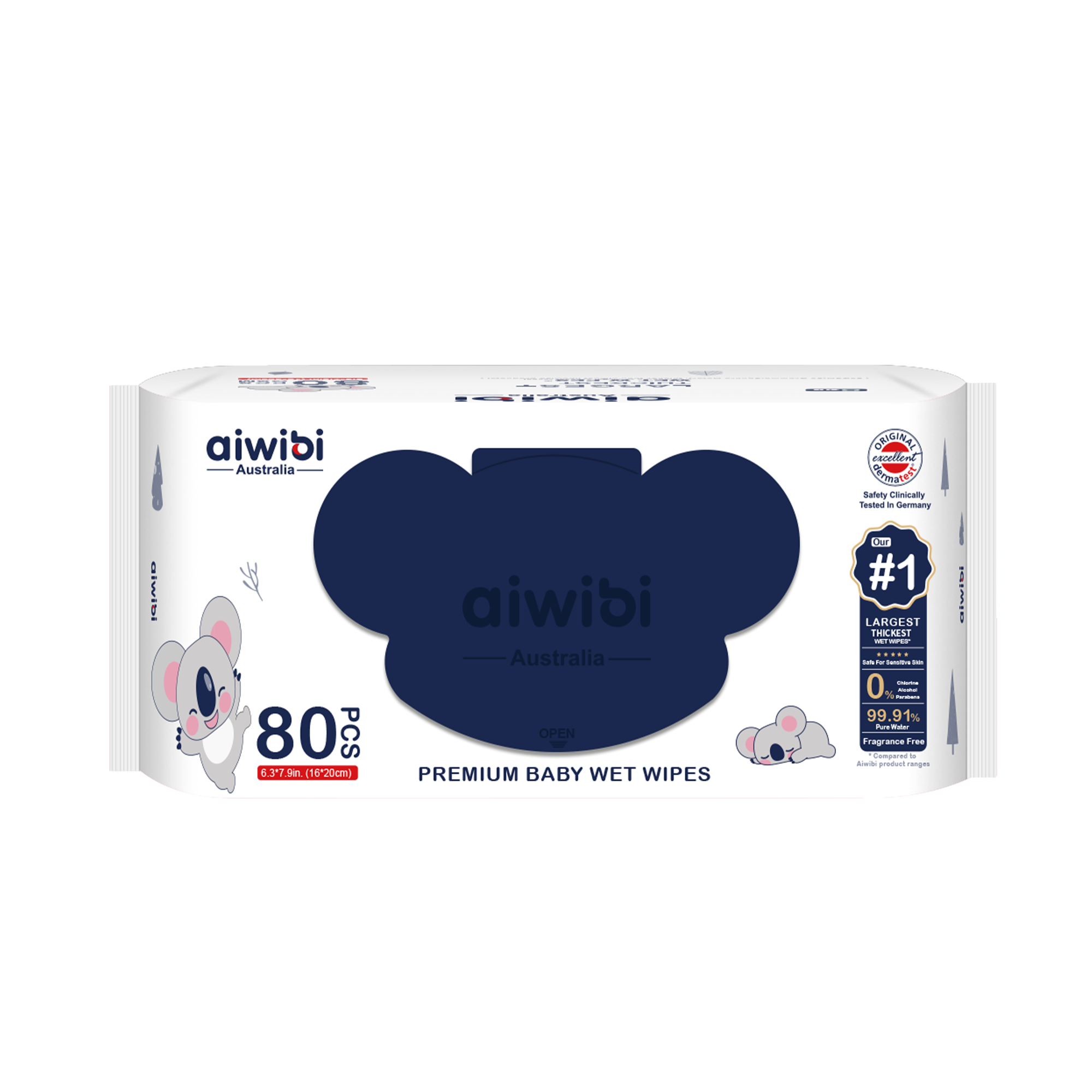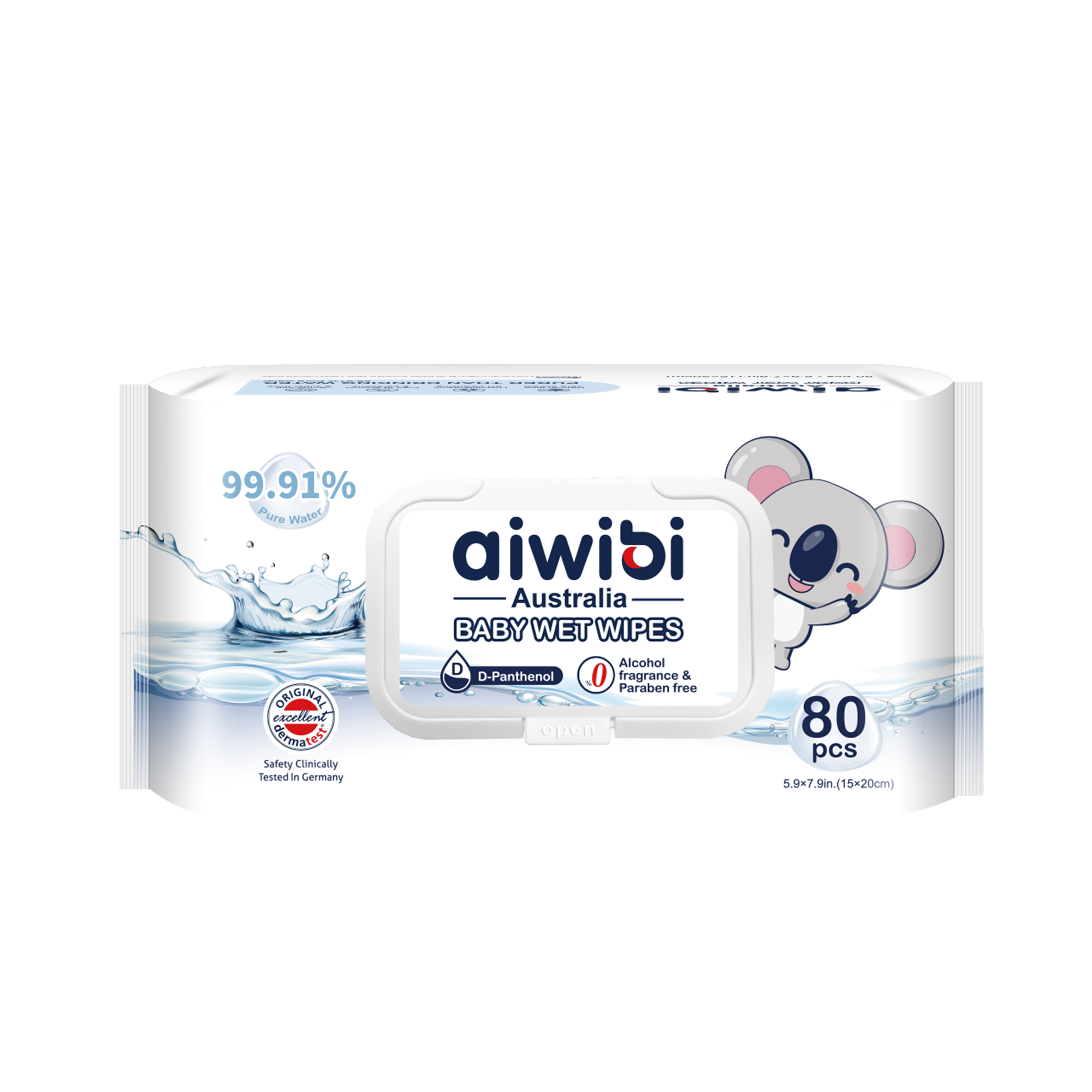Many Nepali parents wonder: "Is complementary feeding good for babies?" The answer is yes – when done correctly! This guide covers WHO-recommended practices, local food options, and common mistakes to avoid.
Why Complementary Feeding Matters
Complementary feeding (starting around 6 months) helps babies grow strong by providing extra nutrients. Poor complementary feeding can cause:
- ✔ Stunted growth (from lack of iron, zinc)
- ✔ Weak immunity (vitamin A/C deficiencies)
- ✔ Digestive problems (constipation or diarrhea)
Nepal-Specific Complementary Feeding Guidelines
1. When to Start?
- Age: Begin at 6 months (not before 4 months).
- Signs of readiness: Baby can sit up, shows interest in food.

2. Best First Foods for Nepali Babies
| Food Type | Local Examples | Nutrients |
|---|---|---|
| Grains | Jaulo (rice porridge), sattoo (roasted barley) | Energy, iron |
| Proteins | Dal (lentil soup), mashed tofu | Protein, zinc |
| Vegetables | Pumpkin mash, gundruk (fermented greens) | Vitamin A, fiber |
What is a key attribute of complementary feeding?
A: Think of your baby as a little plant. For the first six months, breast milk or formula is like perfect soil and water – it's all they need. But as they grow, their needs change.
Complementary feeding is like adding sunshine and richer soil at exactly 6 months – the right time to:
🌱 Boost growth (prevents stunting)
🌿 Expand nutrients (iron, zinc, vitamins)
🌸 Develop skills (chewing, swallowing)

Remember:
✔ Start too early → Like overwatering a seedling (can cause choking/allergies)
✔ Start too late → Like starving a plant (leads to malnutrition)
This perfect timing is why WHO calls it "timely complementary feeding" – it's science, but just like gardening!
Does Baby's Complementary Food Need to Be as Fine as Possible?
The Finer the Complementary Food, the Better for Baby? Not Necessarily!Many mothers believe that the finer the complementary foods, the easier it is for the baby to digest and good for improving digestive ability. But this is not the case.
First of all, it is not conducive to the improvement of digestive ability.
The particle size of complementary food should be added from fine to coarse according to the baby's age: juice → paste → minced → lumps. Food that is too fine cannot exercise the baby's gastrointestinal tract's digestive ability, and long-term consumption of overly fine food can easily lead to constipation.
Secondly, it is not conducive to the exercise of chewing ability.
Some babies only start eating crumbly food when they are 1 year old, but once they do, they gag and refuse to eat. This is because early complementary food was too delicate, resulting in poor chewing ability and affected swallowing.

And finally, it is not good for language development.
Some babies can say short sentences, so why can't your child? Consider whether your baby's complementary food has been made very fine. When babies chew, it promotes the development of the oral sphincter. The development of the oral sphincter affects the baby's language development. The more developed the sphincter, the more accurate the baby's pronunciation will be, and the earlier they will be able to clearly express their wishes in language.
Common Questions from Nepali Parents
- ✖ Honey (risk of botulism)
- ✖ Cow's milk (before 1 year)
- ✖ Salty/spicy foods (hard on kidneys)
- ✖ Choking hazards (whole nuts, grapes)
No! Here's why:
- Digestion: Overly smooth food weakens gut muscles → constipation.
- Chewing: Babies need lumpy textures by 8-10 months to learn chewing.
- Speech: Chewing strengthens mouth muscles, helping babies talk earlier.
Example: Replace only jaulo with mashed dal-bhat + soft veggies by 9 months.
- Iron: Pale skin, tiredness → add liver paste or fortified cereals.
- Vitamin A: Poor vision → use orange foods (carrots, pumpkin).
Key Takeaways
- ✔ Start at 6 months with iron-rich foods like jaulo and dal.
- ✔ Avoid honey, salt, and choking hazards.
- ✔ Progress textures: purees → lumps → finger foods.
- ✔ Watch for iron/vitamin deficiencies.



